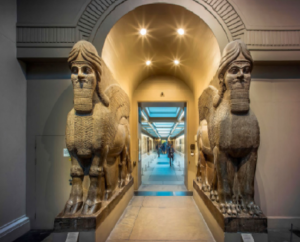“The Romans had an expression to describe an outrageously impossible task,” Facilius sit Nili caput invenire: it would be easier to find the source of the Nile. For Victorian adventurers, though, it was an irresistible challenge – and in this “captivating book”, the American journalist Candice Millard revisits the story of the first Europeans to succeed. She focuses on two expeditions in the 1850s, both led by the polyglot explorer Richard Burton.
Both missions were “woefully ill-equipped”, and those on them endured terrible hardships: they were assailed by angry locals and wild animals, and exposed to an “infinite variety of contagions”. The trips also “morphed into a grotesque contest of egos”, as the unconventional Burton clashed with his second-in-command, the “prim” Army officer John Hanning Speke, who thought himself the “real commander”. Millard narrates these events “with consummate skill”. She also brings a third figure into the story: Burton’s servant Sidi Mubarak Bombay, a formerly enslaved east African, without whom the quest would have failed.
The first mission set out from Somaliland in 1855, with Burton aiming for the “big body of water at the continent’s heart” in present-day Uganda, The group, however, were soon attacked by Somalis. Speke was “brutally clubbed and stabbed”, while Burton had a “spear thrust sideways through his mouth” – and the trip was aborted. Undeterred, the explorers set off again two years later, this time from Zanzibar. Although conditions were scarcely better – illness and bad weather plagued the group, and supplies and porters kept disappearing – this time they reached their destination. On 10 February 1858, they set eyes on Lake Tanganyika – which Burton proclaimed as the Nile’s source.
Speke, however, was unconvinced, With Burton incapacitated, he travelled on to Lake Nyanza (now Lake Victoria), and proclaimed it to be the “actual source”. He couldn’t prove it – all the group’s measuring equipment was broken – and the disagreement rumbled on for decades, dominating the rest of both men’s lives. (In the end, Speke was proved right: today, it’s generally accepted that Lake Victoria is the White Nile’s source.) There is nothing particularly new in Millard’s account, but it is “enjoyable” and “well-written”. And these wonderful stories “must be retold for each generation”.

